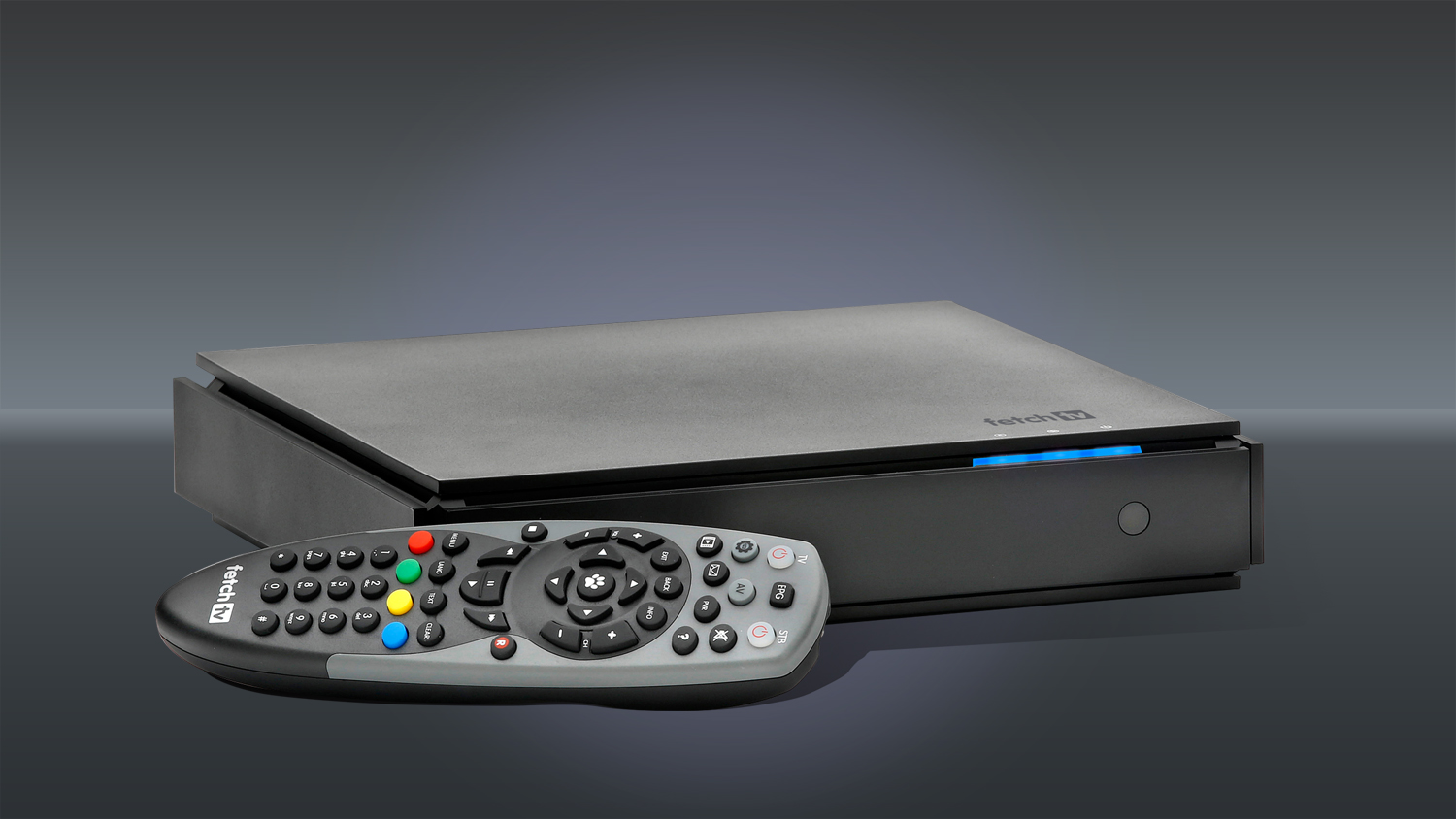Why you can trust TechRadar
The Fetch TV has aspirations for greatness. It aims to bring the humble PVR into the 21st century by giving it the tools to take advantage of the internet as a source of content.
For the most part, the box is a resounding success. Top of the line specifications packed into a small, almost inconspicuous box complete with a robust subscription TV model make it a realistic competitor to the likes of Foxtel and TiVo.
Of course, the reliance on a solid internet connection could prove problematic to some customers, which is why the decision to partner with ISPs for its rollout is actually a stroke of genius.
But for a service that effectively amounts to $25-$30 a month, it gives an enticing alternative for people looking to get more from their TV viewing habits.
We liked
The user interface - and in particular the responsiveness - is truly inspiring. Being able to quickly browse through dozens of channels in a simple EPG, without waiting for programs to load or experiencing lag when you change pages is the height of convenience.
The remote is robust, and the versatility when it comes to on-demand content is also welcome. Seriously, you will never have to worry about having nothing to watch, and the stuff that you record for later viewing is also conveniently categorised for easy discovery.
The mobile apps add an extra dimension to the service, offering a convenient way to watch away from the television. While it does have some limitations, it's a solid experience that anyone can take advantage of.
We disliked
It's a short list here, because the platform is very robust. The lack of integrated Wi-Fi - while understandable from a technical point of view - is nonetheless a pain when it comes to actually setting up your Fetch Box.
We'd also like the ability to pre-emptively schedule programs based on actor, genre and other metadata like the TiVo does. There have been some improvements in this area around cast-based browsing, but being able to automatically record would be a really useful addition.
The only other potential concern is the quality of your internet connection impacting performance. It was far from ideal having viewing interrupted by someone else watching a video on YouTube on their computer on the same connection. That's not the fault of Fetch, but it will undoubtedly impact customers who struggle with their broadband connection anyway.
Final Verdict
This is one of the most impressive PVRs available on the Australian market today. The team at Fetch has combined an exceptionally well conceived EPG and recording functionality with a lovely user interface and a top-class pay TV service.
Given the expense of a Foxtel subscription and iQ3 box, and the question marks over TiVo's very existence in Australia these days, there's no question that this is one of the best alternatives for Australians looking to get more out of their TV viewing habits.
We're keen to see how Fetch improves this year. With streaming apps Netflix and Stan on the platform, it's now competing as much with devices like the Telstra TV as Foxtel. On the whole though, we think the service will continue to succeed as Australian internet connections improve.

Stephen primarily covers phones and entertainment for TechRadar's Australian team, and has written professionally across the categories of tech, film, television and gaming in both print and online for over a decade. He's obsessed with smartphones, televisions, consoles and gaming PCs, and has a deep-seated desire to consume all forms of media at the highest quality possible.
He's also likely to talk a person’s ear off at the mere mention of Android, cats, retro sneaker releases, travelling and physical media, such as vinyl and boutique Blu-ray releases. Right now, he's most excited about QD-OLED technology, The Batman and Hellblade 2: Senua's Saga.
